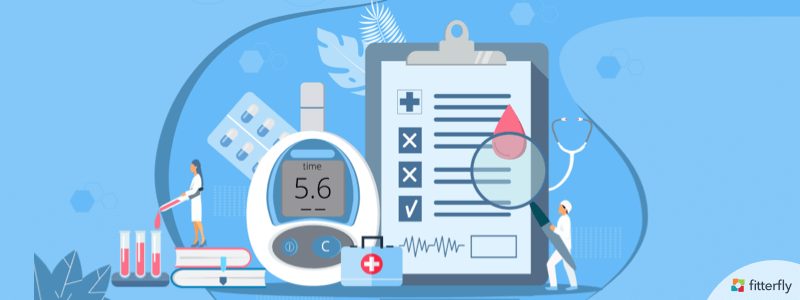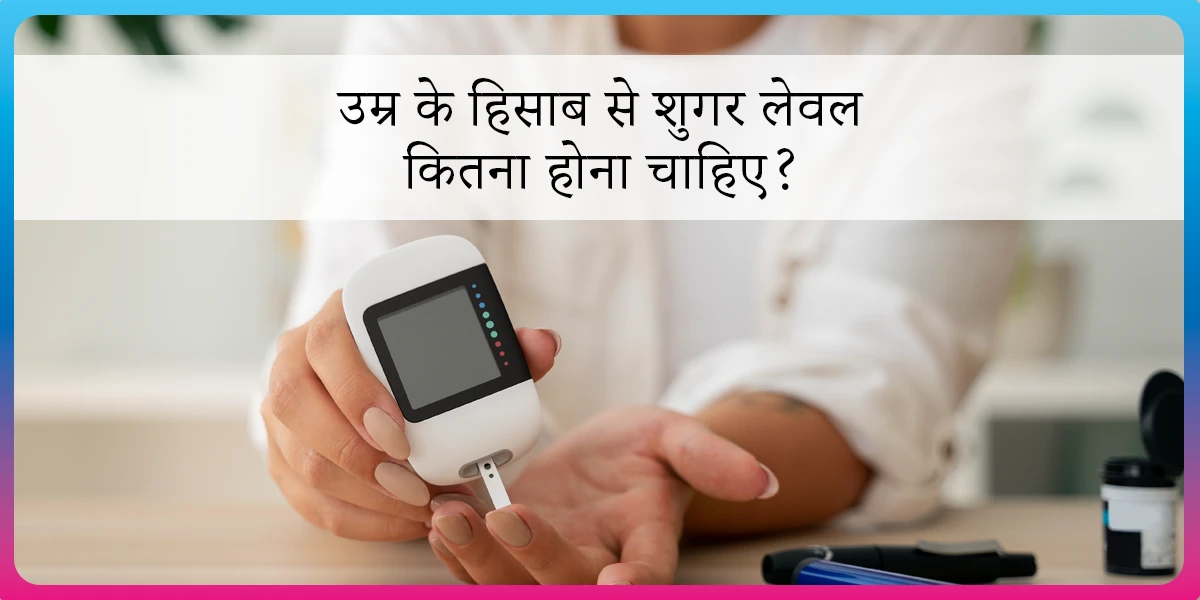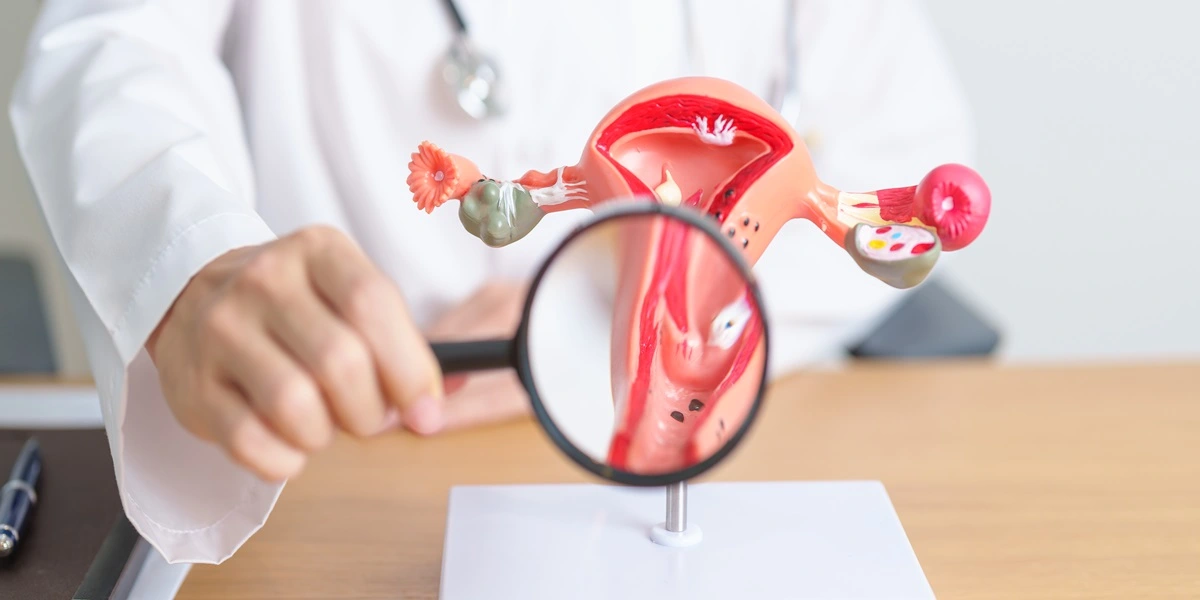What’s the Latest Way of Managing Diabetes?

The landscape of medicine is continually evolving, especially in the field of diabetes. Advancements in technology have helped make diabetes treatment more patient-centric.
Novel advancements which include CGMS (Continuous Glucose Monitoring System), digital patches, smart insulin pumps making dosage more predictable and artificial pancreas have wholly revolutionised the life of the diabetes patient community.
The Diabetes Online Community (DOC) is pushing hard to make disease management more straightforward, more comfortable, and more efficient.
Health tech companies like Google, Amazon, and Apple are working at breakneck speed to come up with solutions to ease the everyday struggle of people with this condition.
There have been innovations in both the treatment and diagnosis fields. These range from newer drug delivery systems to the latest painless devices for blood glucose monitoring.

Advancements in treatment
Like everything else in life, insulin-based diabetes treatment has also seen an upgrade recently.
Different types of insulins which include new and smarter insulins, inhaled insulins have improved diabetes-related outcomes.
Advancements in insulin delivery systems like insulin pumps, smart pens and artificial pancreas systems have emerged in the market.
- New and Smarter Insulins are faster-acting insulin analogues that improve postprandial (PP) glycemic control and also enable more rapid correction of hyperglycemia.
- Smart Insulin is also known as ‘glucose-responsive’ insulin therapy. As the name suggests, it works on the concept that insulin itself would sense and respond to blood glucose levels – meaning it will be released only when needed.
- Inhaled insulins are developed to overcome the discomfort associated with subcutaneous insulin injections which continues to remain the primary route of insulin delivery. Inhaled insulin is also known as ‘meal insulin’ will not only eliminate the inconvenient injections but will also have rapid insulin action. However, this concept is yet to materialise, and its development is in the pipeline.
- Insulin pumps are devices that are programmed to deliver predetermined rates of insulin over a full day. They also store data about usage patterns. However, we’ve seen that patients are unwilling to be tethered to a pump making compliance for these pumps low.
- Smartpens overcome the drawbacks of the insulin pump, researchers developed smartpens. They work exactly like a traditional insulin pen, but they have smart Bluetooth technology. Bluetooth enables an easy-to-use app on a patient’s smartphone to get connected with the smart-pen. Since it is connected to an app on the patient’s smartphone, it has memory capability. It helps to calculate and track the insulin dosage.
- The artificial Pancreas System has marked the era with new hope and beginnings for the diabetes community. The decade-long research on the development of the artificial pancreas system, which automatically monitors and regulates blood glucose levels, got approval from the U.S. Food and Drug Administration (USFDA). It is a new closed-loop insulin delivery system for people with type 1 diabetes. In this system, a CGM continuously checks blood sugar levels, while the pump will use an algorithm to determine how much insulin or glucagon the diabetes patient needs to manage their glycemic variabilities round-the-clock. However, manufacturers have not achieved an accurate closed-loop system, but they are working at a catapult speed and are almost nearing completion.
- Gene therapy is the future of medicine. Researchers have claimed that a new form of gene therapy administered through skin transplants can help improve treatments for type 2 diabetes and obesity. Can the power of gene therapies eliminate the need for insulin replacement for people with diabetes and shall subsequently cure it? This still remains unanswered.
To know your chances of Diabetes reversal, take the Diabetes Reversal TestDiabetes Reversal
Calculator
Advancements in diagnosis
Breakthrough technology has come in place to monitor blood glucose excursions throughout the day.
Continuous Glucose Monitoring Systems (CGMS) is the latest technological invention. It is approved by the United States Food and Drug Administration (USFDA) and measures blood glucose levels completely painlessly.
CGMS also comes as non-invasive digital skin patches which can be used on a long-term basis by patients.
- Continuous Glucose Monitoring Systems (CGMS) is a novel, non-invasive method of glucose monitoring that records the glycemic variability of an individual at regular intervals through a sensor device worn externally on the upper arm or the abdomen. This device generates dynamic data which gives historical trends in blood sugar levels. One of its limitations is that the sensor cannot be worn for more than 14 days.
Diabefly, a digital therapeutic diabetes care program employs the use of CGMS devices along with personalised coaching to help their members manage diabetes and prediabetes better. - Invasive or non-invasive digital skin patches Long-term CGM was also developed to overcome the shortcoming of the short term CGMS. In this case, the sensor is put under the skin. It monitors blood sugar every 5 minutes for 90 days after being implanted. The sensor works by generating a light signal in response to the amount of glucose in the interstitial fluid. However, due to the invasiveness of the procedure wherein a sensor is practically implanted into the body almost like an RFID chip, it was not well accepted by patients.
Technical innovations are bound to change the lives of people with diabetes for the better. Digital health discoveries like the ones we have discussed are changing and will continue to change the way diabetes is being managed around the world.
Manage your blood sugars smartly by using the new-age technology under the supervision of expert Diabefly Coaches. To know more about Diabefly, visit www.fitterfly.com/diabefly or call us at +91 2248971077 (Ext 1).
This blog provides general information for educational and informational purposes only and shouldn't be seen as professional advice.
Fitterfly's Diabetes Prime Program
clinical term for Diabetes Reversal




 References
References









